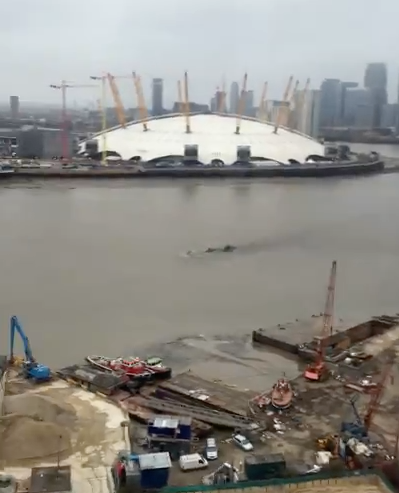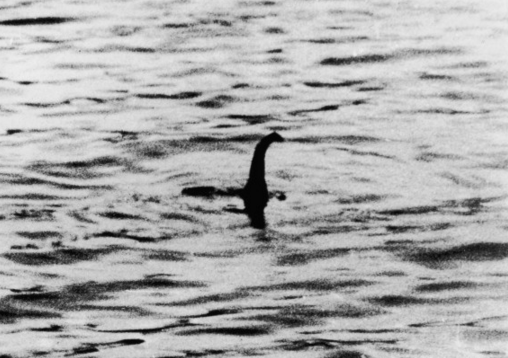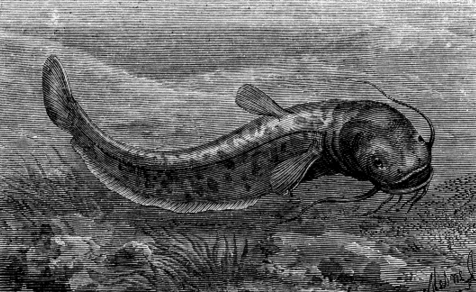A mysterious, multi-humped 'Loch Ness Monster-like' shape filmed in London's River Thames has sparked fevered speculation over what the creature could be.
YouTube user Penn Plate posted the footage taken from the Emirates Air Line cable car last week, writing: "This was on the cable car in Greenwich yesterday. Something huge was moving under the water and then briefly surfaced. Are there whales in the Thames?? Or is it some weird submarine?"
The video has since been viewed around two million times, with many leaving comments erring on the skeptical side and complaining that the cameraman is apparently incapable of holding his device still.

While Godzilla is one suggestion, the Loch Ness Monster has also been floated (sorry), as has the possibility that Donald Trump’s wig has taken to London’s central river.
But experts are taking the sighting more seriously. The London Wildlife Trust's Ian Tokelove told the Evening Standard he was "not aware of anything that large and moving in the Thames."
"We had a good look at the footage but it isn’t clear enough to make out what we are looking at," Tokelove said.
YouTube commenter Finn appears to be the voice of reason as she remarked: “If you slow it down enough and pause it, kind of looks like a pod of dolphins or porpoises... but it’s way more exciting to think that it’s some crazy undiscovered ancient beast that’s probably going to crawl out of the river and start eating people and toppling buildings, so I’m gonna go with that."
The 'thing' in the water ever caused TV presenter Rylan Clark to "completely freak out" on ITV's This Morning:
Further suggestions appear to agree with the original witness, speculating the mystery shape is a either a humpback or sperm whale.
Apparently 49 whales, more than 2,000 seals and some 450 porpoises and dolphins have apparently been sighted in the Thames in the past ten years.
However if it is indeed Nessie, she’s strayed somewhat off course, as according to lore the serpentine beast is said to have has haunted the murky waters of Scotland’s Loch Ness since 1933.

Believed by many to be the last of a line of long-surviving plesiosaurs, (a Jurassic marine reptile) legend has it that the creature appears along with earth tremors and swirling bubbles.
Nessie first hit headlines in 1934 when the Daily Mail published what it claimed was the first picture of the beast.
The photo was later revealed to have been staged, but there has been no shortage of images since.

The wels catfish is the largest freshwater fish in Europe and it can live for decades, possibly even as long as 80 years, the National Geographic reveals.
In February twin Italian brothers caught a 9ft long wels catfish in the Po River of northern Italy.
The animal was dubbed “the monster of the Po” by the Italian media, the Telegraph reports.
A female northern bottlenose whale died after swimming up the Thames in 2006.

